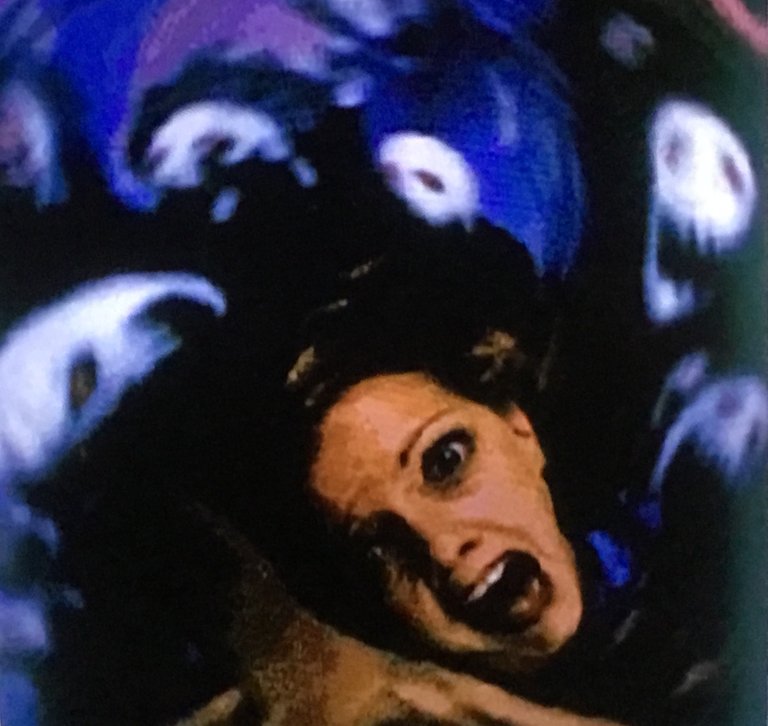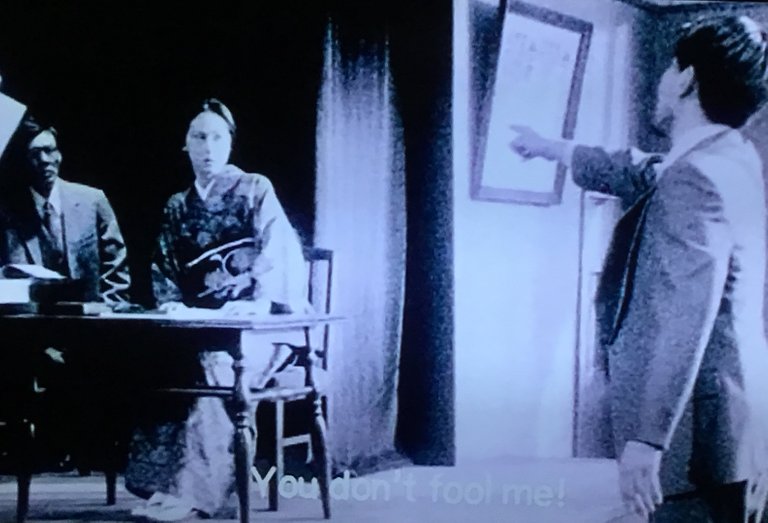EXTROPIA’S CURIOUS SCIENCE: THOUGHTOGRAPHY
Fans of ‘The X-Files’ may recall an episode from Season 4 called ‘Unruhe’. In this episode, Mulder and Scully are on the hunt for a killer who is leaving behind paranormal clues. He has the ability to create images on photographs using nothing but the power of his mind.

(Image from ‘The X-Files)
Like many episodes in the series, the plot had some basis in reality. Those who believe in the paranormal may also believe that some people do have abilities much like those depicted in this episode. And, occasionally, reports surface claiming to have discovered somebody possessed of such gifts.
One such example involved an alleged psychic by the name of Mifune Chizuko. In 1910, Tomokichi Fukurai, who was a professor of psychology at Tokyo University, conducted various public experiments with Chizuko and these included investigations into a feat he named ‘psychography’.
Unfortunately, the rest of the scientific establishment were a lot less convinced that phsychography was a real phenomenon. In fact, they accused Fukari of having been duped by a fraud. These accusations ended particularly badly for the alleged psychic, for she ended up committing suicide. Decades later, her story would inspire a great Japanese horror film called ‘Ring’.

(Image from ‘Ringu’)
As for Fukari, he resigned his professorship but continued his investigations, going on to publish “Spirit and Mysterious World’ in 1931.
Another report of alleged psychography surfaced in the 1960s, this time in America. Back then, a psychiatrist called Jule Eisenbud investigated a hotel porter from Chicago by the name of Ted Serios. Serios claimed to be able to conjour up images using nothing but the powers of concentration. Eisenberg wrote about these supposed feats in a book called ‘The World of Ted Serios: Thoughtographic Studies of an Extraordinary Mind’.
However, just like with Chizuko, not everybody believed Serios was, indeed, extraordinary. In October of 1967, an expose was run by two photographers and amateur illusionists called Charlie Reynolds and David Eisendruth. In an issue of Popular Photography, they wrote about a weekend they had spent with Serios, claiming that he could only produce thoughtographs with the aid of s small tube which he aimed at the camera. Serios claimed that the tube served only to focus his concentration, but most skeptics believed the real purpose of the tube was to project an image into the camera lens and into the film.
By the time Serios died in the early 90s, he had largely been forgotten. But, like I said at the start, the concept of thoughtography went on to form the basis of an X-Files episode. So, Serios did manage to have something of a legacy, didn’t he?
REFERENCES
‘Far Out’ by Mark Pilkington
I hope to see you here on Hive!